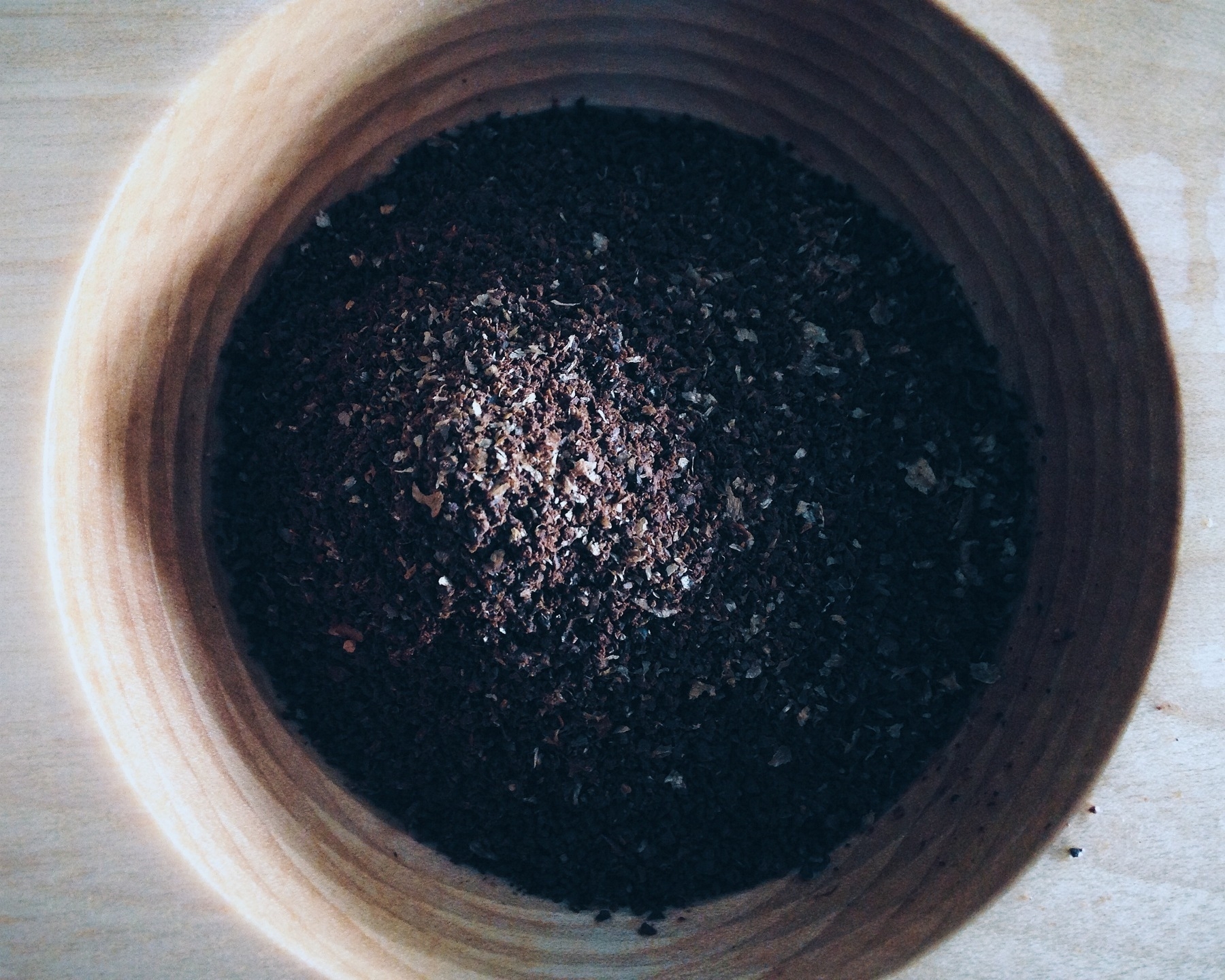A recent gift from the brother and sister-in-law prompted me to write a review about it. The Canadiano coffee maker, made in Canada (obviously) and apparently by some loony designers, is one of the more curious pour-over coffee makers I’ve used. Wrought entirely from wood (except for the stainless steel filter cone at its epicenter), the Canadiano promises to assume the flavors of a continually used coffee bean over time. I expect such absorption to enhance future pours, a feat that glass and ceramic vessels simply can’t match. Since I usually stick to similarly roasted beans, it may be good practice to rotate in and out of using the Canadiano depending on the origin of the beans that Tonx drops at my door. (Edit: I now use Yes Plz, the spiritual successory to Tonx, as Tonx was purchased by them in recent years).

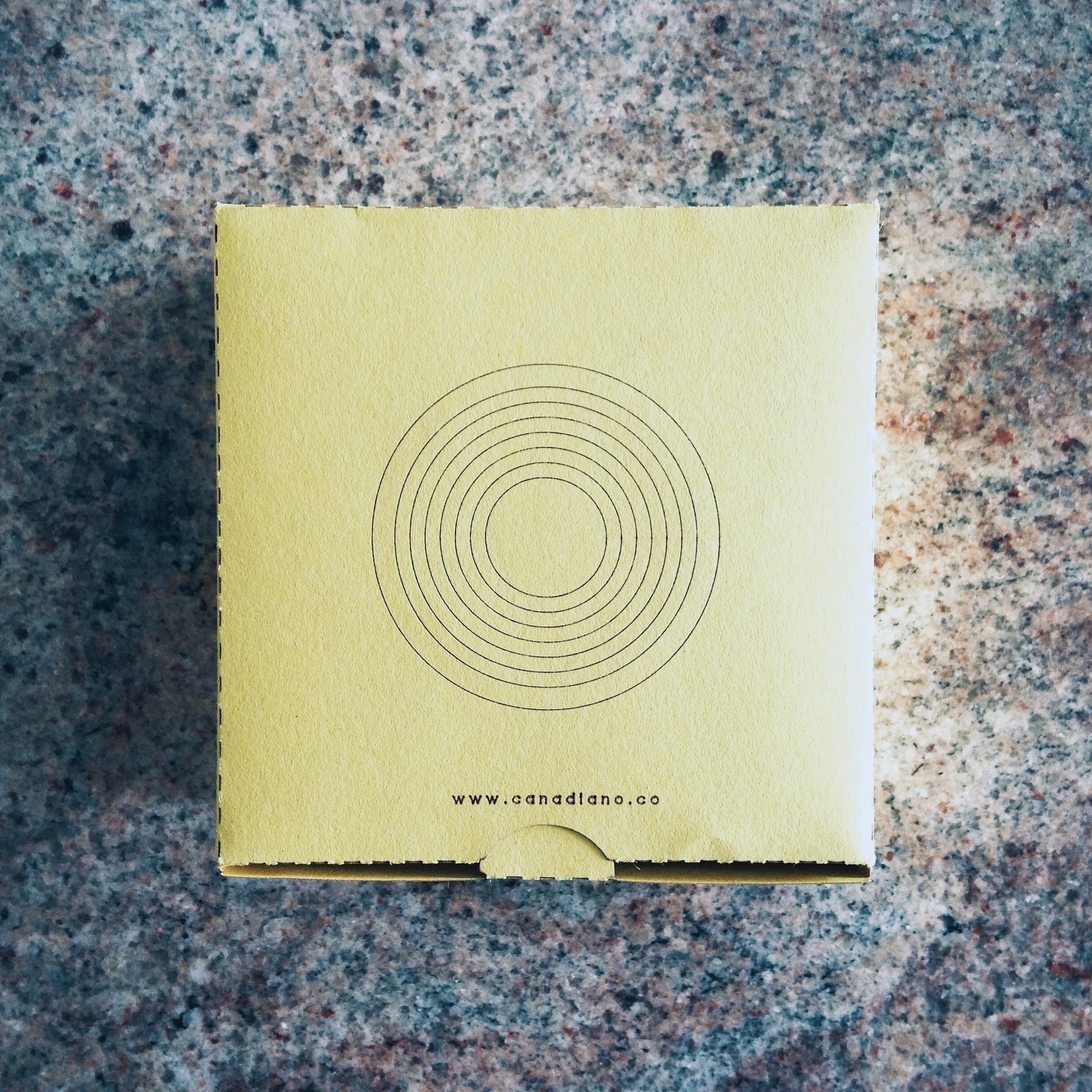
After having unpacked the coffee maker (which was tucked into a thin, paper box with stencil cut-outs for the logo), and cleaning it with recommended soap and water, I proceeded to “season” the vessel per the single-page manual’s instructions. This procedure involved:
- Coarsely grinding some coffee beans
- Boiling water
- Tossing the grounds into the bowl of the device
- Setting the Canadiano atop a mug
- Pouring the heated water atop while stirring it about.
It suggests using whatever amount of water you prefer (I usually stick to a 1:16 coffee to water ratio, but it didn’t matter much since all I was doing was seasoning it during this run-through). The basic idea behind seasoning, especially during the first use, is to clean out any additional sawdust that might have lingered in the inner bowl, as well as jumpstart the wood’s absorption of coffee flavor.
Post-seasoning, I dried out the Canadiano whilst setting about 250g of water to boil back on the stovetop. I went about grinding the recommended two tablespoons of beans into a coarse ground (right at the 18th notch on my Baratza), and continuously stirred while pouring over the water. For coffee, I used) Tonx’s latest release, the Gigante from Huila, Colombia. According to Tonx, I was to expect “a delicate combination of raspberry and bing cherry flavors, with sweet notes of molasses, and a floral, minty finish.” Such nuances are never regularly met since my nose and taste buds are terrible at detecting anything short of a habanero pepper (or maybe that’s because I ate stomach-rending roasted habanero wings at Jake Melnick’s last night), so I didn’t know what to expect from the taste of coffee, especially from a new brewer. (To be fair, Tonx’s releases are usually amazing, but I’m undoubtably at the sub-pretentious level of tasting skill.)
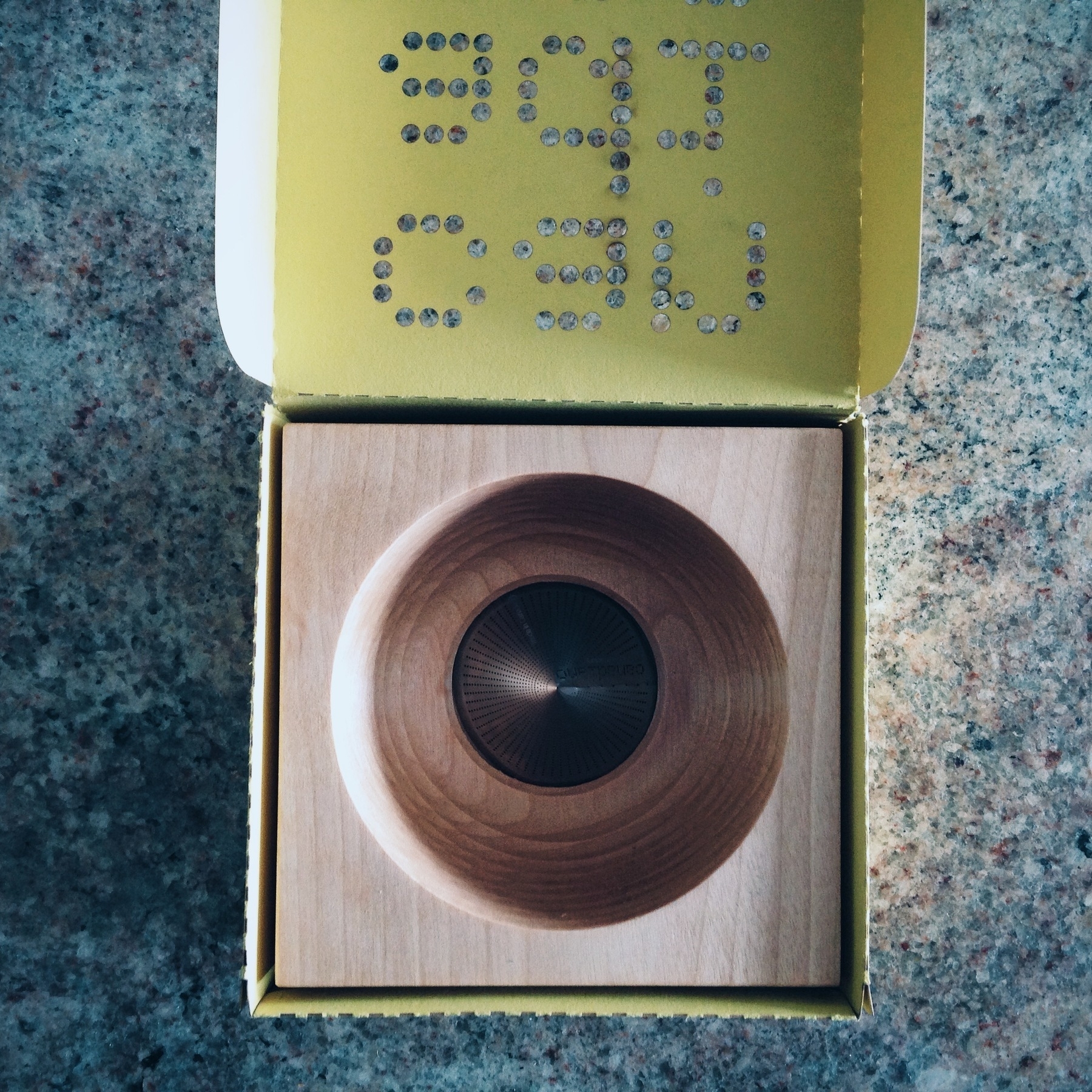
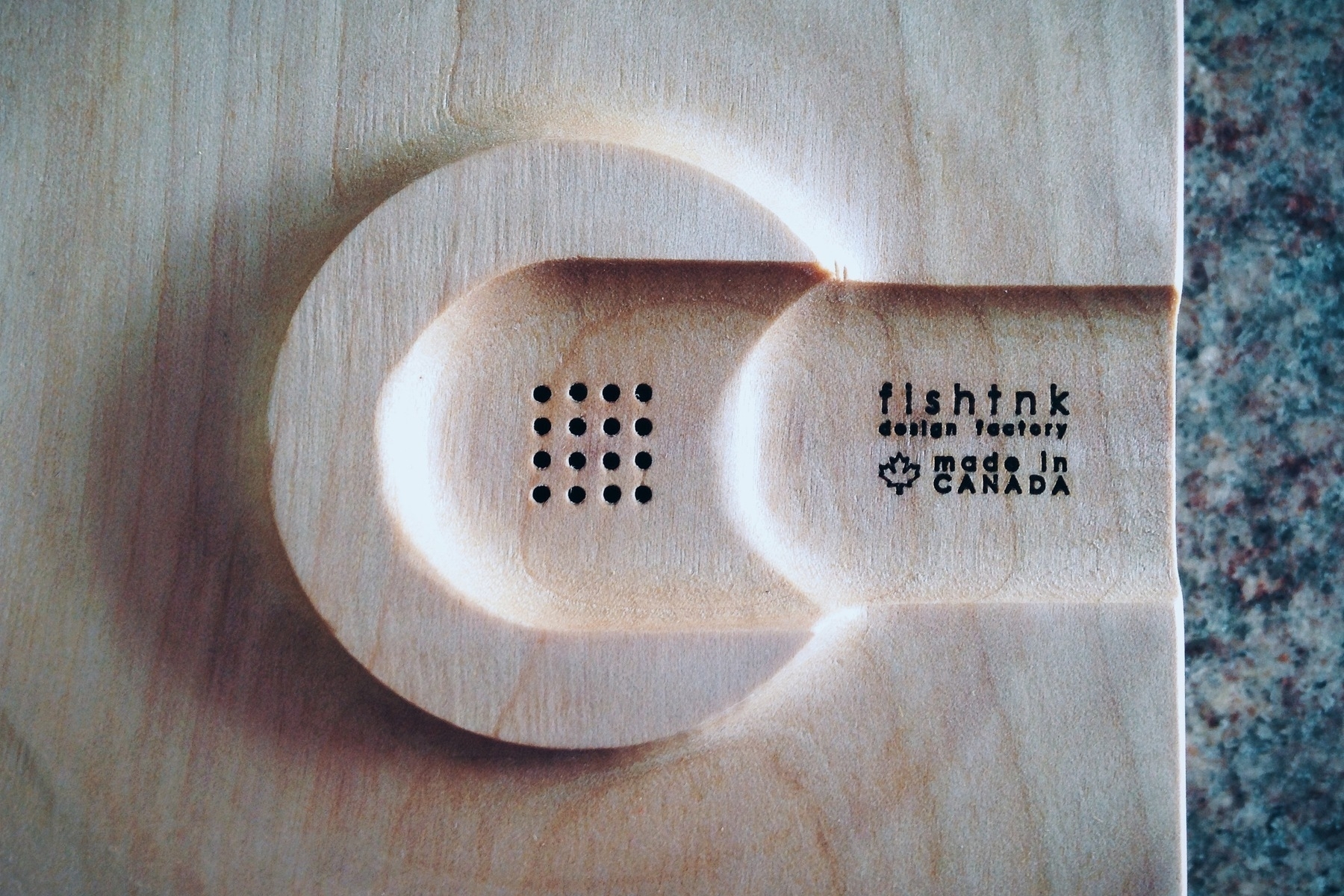
I had prepared a few shots of espresso from this release during the past week, and they had been delicious as expected, but I definitely noted the delivery from the Canadiano to favor a woody, nuttier taste than I remembered from the previous instances. This isn’t surprising coming from a coffee maker made entirely from well-oiled wood, and I love when coffee delivers a nutty taste. I’m not sure how much influence the wood has over the the beans, but my guess is it will bond much better with continued use. In this regard, the Canadiano is unlike anything else on the market, especially when compared to other pour-overs like the V60 and Chemex.
There are other long-term benefits from using the Canadiano aside from the inheritance of coffee taste:
- Canadiano has a metal filter instead of paper, which means a reduction in waste and expenses over the paper filters typically needed for the [Chemex](https://amzn.to/3K5Cs9z) and [AeroPress](https://www.amazon.com/Aeropress-Original-Espresso-style-Portable-Espresso/dp/B0047BIWSK?crid=UR134X57EOLL&dib=eyJ2IjoiMSJ9.SWLU6PNANx3bMZ0XfcB8hPTmlv3uAZrvbA8o2PKMCGvdAhJ031j8-HLsHZqJcqPwsa-LMICoAbwOMYjfZQHPYa88InLGPS-hrsNZotR9hJ8etbZPhu92xivGnTTnLZbs6cZuYIh8WxxOXzPJ7RXs8dz7wFFI2SUje92CYtg-yWGwmeDYVFJHev1pPyeE0q4v_EiiCuDK0Mq6mRWhF2NQUgLhvdOqPb0f71zg72vTCQ0FI2fkOLEpcTAcpB9idDf5u2SzX2atzXRO7kyY-Kw8EApQeQJm3CS-rw44ikjKGyw.YxdAFN6QxykwAqBdD6hKehEvBnf9ziX0swAT7JdGwzE&dib_tag=se&keywords=aeropress&qid=1716220418&sprefix=aeropress%2Caps%2C591&sr=8-1&linkCode=ll1&tag=defiantslot02-20&linkId=5b0504af58723fa23f1f52525d4ee564&language=en_US&ref_=as_li_ss_tl)
- Minimal footprint (it’s a simple wood slab, easily packable and storable)
- It isn’t as fragile or prone to accidental breakage like glass brewers
- Cleaning it is easy — the few times I’ve used it, I just ran hot water into the bowl and poured out the remainder of grounds after banging it a few times over a trash bin
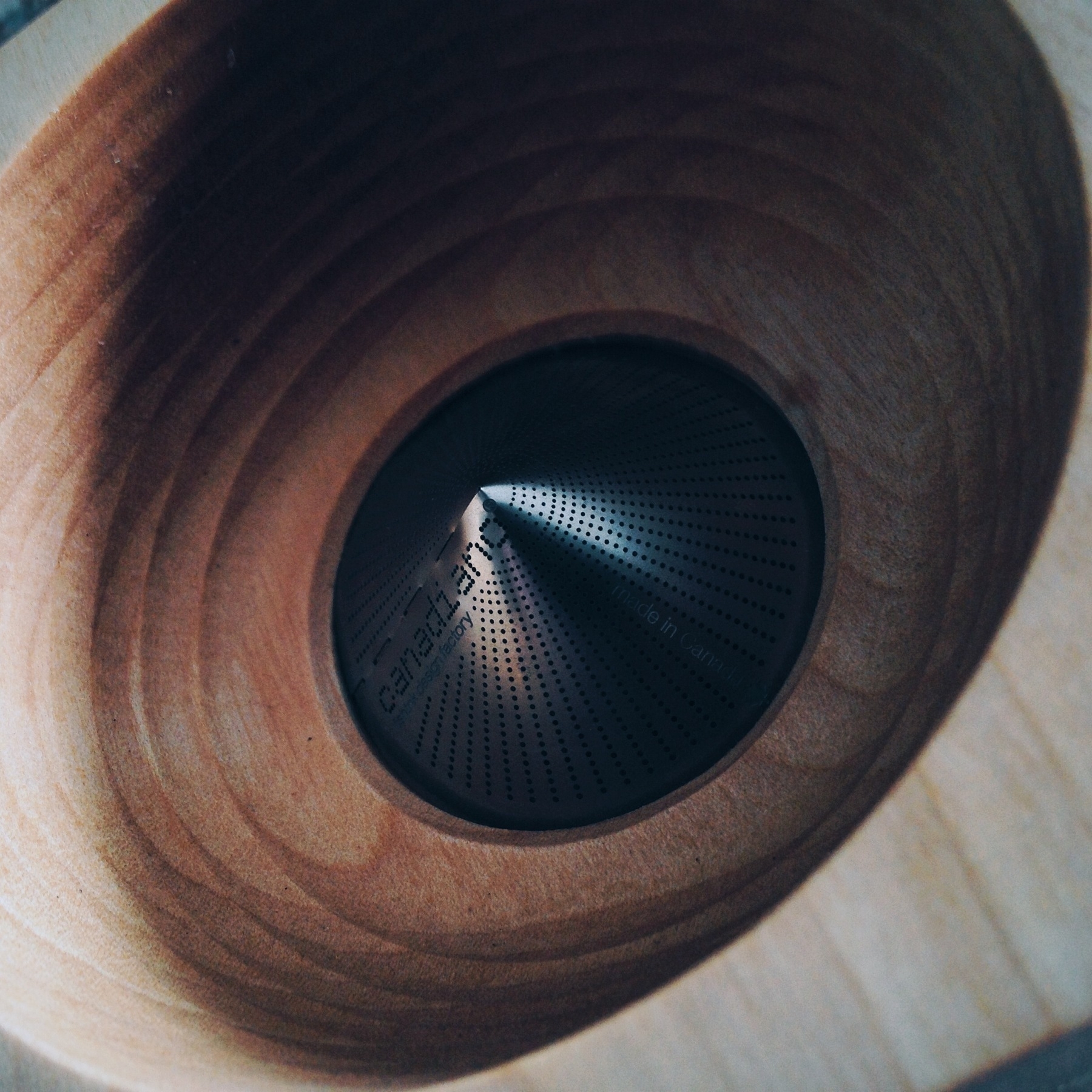
Canadiano offers a few different models of the coffee brewer, and there is a noticeable difference between the two main types: Raw and “not Raw” editions. The raw editions require some additional maintenance after each use; the company recommends applying the Canadiano Conditioning Oil regularly (every 3-4 months), depending on use. According to the company’s site, this “Conditioning Oil is a self-drying natural oil that keeps your Canadiano in a stable condition. The editions will develop cracks if not maintained and cared for properly.” My model isn’t a raw model, so thankfully I don’t need to concern myself with maintaining the integrity of the wood, but for those that do, it’s one extra little thing to do. Not a big deal.
Overall, the Canadiano is a fun, untraditional pour-over experience. I really like the wood build, and coffee grounds look lovely pooled in the bowl when brewing. The 3-5 minute steep time is perfect (about the same range as a Chemex), and clean-up is simple. As I continue to use it, I’ll come back and update this review. The goal is to use the Canadiano with single-origin coffee (so the next Colombia batch from Tonx is getting full-time duty with the Canadiano). Recommended if you’re up for a change in pace from your usual tools, and want to experiment with the unique potential of wood binding flavor over time to enhance the coffee brewing experience.
